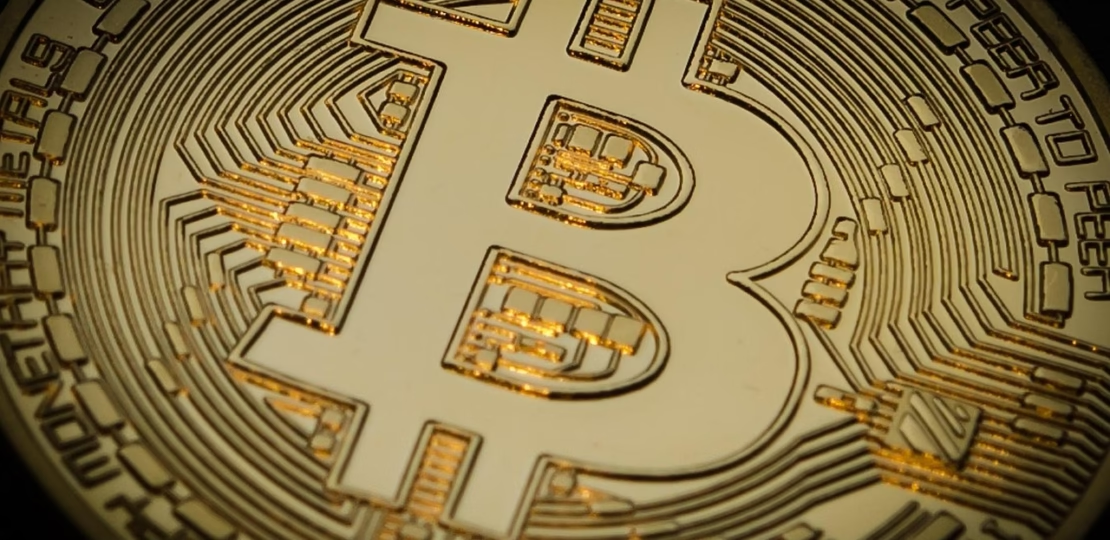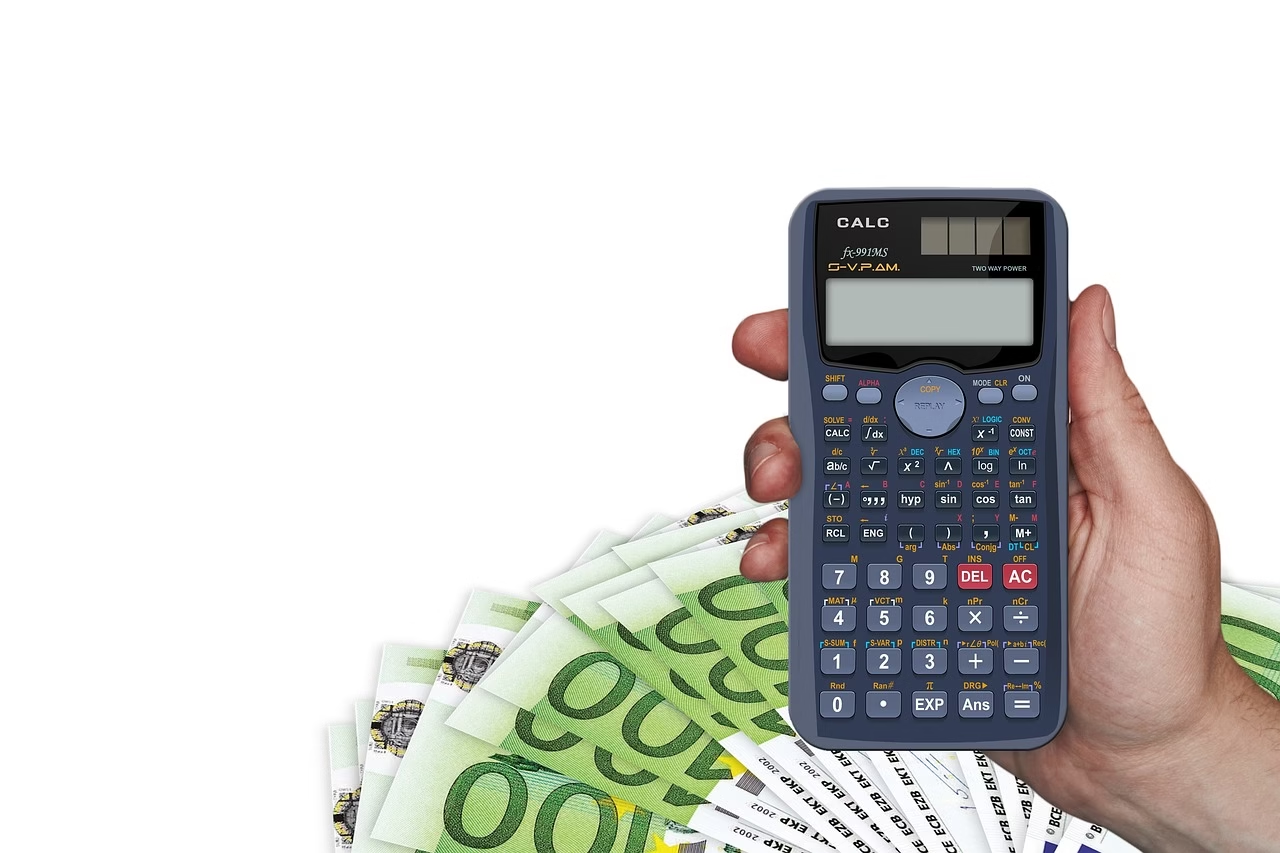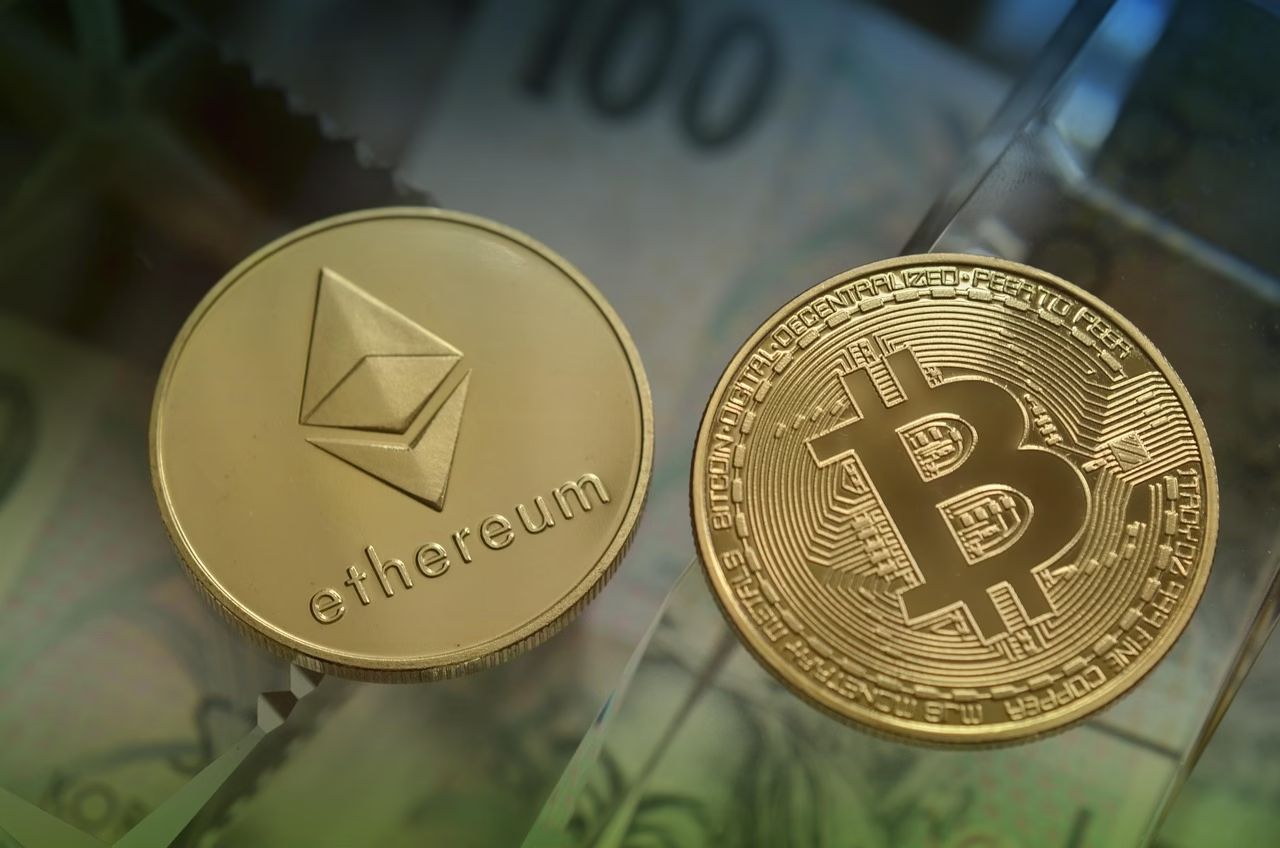In a financial world overrun by noise, real signals matter. Right now, few signals are louder—or sharper—than the explosive growth of stablecoins and their powerful gravitational pull on the tokenization of U.S. Treasuries. This is no passing fad. This is the deliberate rewiring of how global liquidity finds safety, yield, and reliability.
The Stablecoin Engine: Precision, Stability, Scale
Let’s dispense with the myths. Stablecoins—dollar-pegged digital tokens—are not just a crypto sideshow anymore. With market capitalization surging past $150 billion globally (and climbing), they have become the on-chain dollar standard. Whether you’re a hedge fund manager in London, a DeFi degenerate in Seoul, or a corporate treasurer in São Paulo, stablecoins offer what the traditional legs of the global dollar system cannot: 24/7 liquidity, transparency, and instant settlement—no gatekeepers required.
More importantly, their meteoric rise is accelerating the migration of serious capital into tokenized representations of real-world assets—chief among them, the bedrock of global finance: U.S. Treasuries.
Tokenizing Uncle Sam: Treasuries in a Digital Skin
What do you get when deep crypto liquidity and insatiable global demand for dollar-yield meet programmable money? You get a $1 billion (and quickly swelling) market in tokenized U.S. Treasuries. From protocols like Ondo Finance and Franklin Templeton’s BENJI tokens to experiments by BlackRock, credible players with billions under management are at the table.
Tokenization—putting assets like Treasuries directly onto permissioned or public blockchains—isn’t just a technical gimmick. We’re seeing a profound transformation:
- Fractional ownership and lower entry points
- Day-and-night settlement liquidity
- Transparent, auditable yield flows
- Cross-border, KYC-embedded compliance
Stablecoins + Tokenized Treasuries: The Synergy Unleashed
Here’s the heart of the thesis: stablecoins aren’t just growing alongside tokenized Treasury products—they are actively fueling the demand and infrastructure for them.
Stablecoins like USDC and USDT are now the most common “onramps” into tokenized Treasury protocols. Institutions and high-net-worth investors holding (or even creating) stablecoins can directly allocate into secure, on-chain Treasuries, sidestepping slow-moving banks and clearinghouses. The result? Stablecoins are not just digital cash—they’re becoming the gateway to world-class yield, all programmable, compliant, and global.
For dollar-hungry investors outside the U.S., tokenized Treasuries deliver unparalleled flexibility. In regions battling inflation or capital controls, access to short-term U.S. bonds denominated in stablecoins is more than an innovation: it’s a financial lifeline.
The Road Ahead: Institutionalization and New Frontiers
Ignore the headlines about regulatory anxiety or ephemeral price swings. The trendline is obvious: as stablecoins become not just tolerated but embraced by banks, payment giants, and governments, the rails for tokenized Treasuries will only widen.
What’s next is bigger, bolder, and inevitable. As U.S. regulators sketch clearer frameworks and as asset managers hunger for on-chain efficiency, the depth and liquidity of tokenized Treasuries are set to surge, potentially into the hundreds of billions. Stablecoin innovations—programmable payment splits, automated rebalancing, instant cross-border transfers—are also coming fast.
Anyone still betting against the synergy between stablecoins and real-world asset tokenization is playing last decade’s game. I see a world—sooner than skeptics expect—where $10 billion in daily Treasury flows are executed on-chain, frictionless and global. That’s more than an opportunity for investors. It’s a new monetary order, unbundled and unstoppable.
Financial analyst and crypto commentator making complex markets simple for everyday investors.





